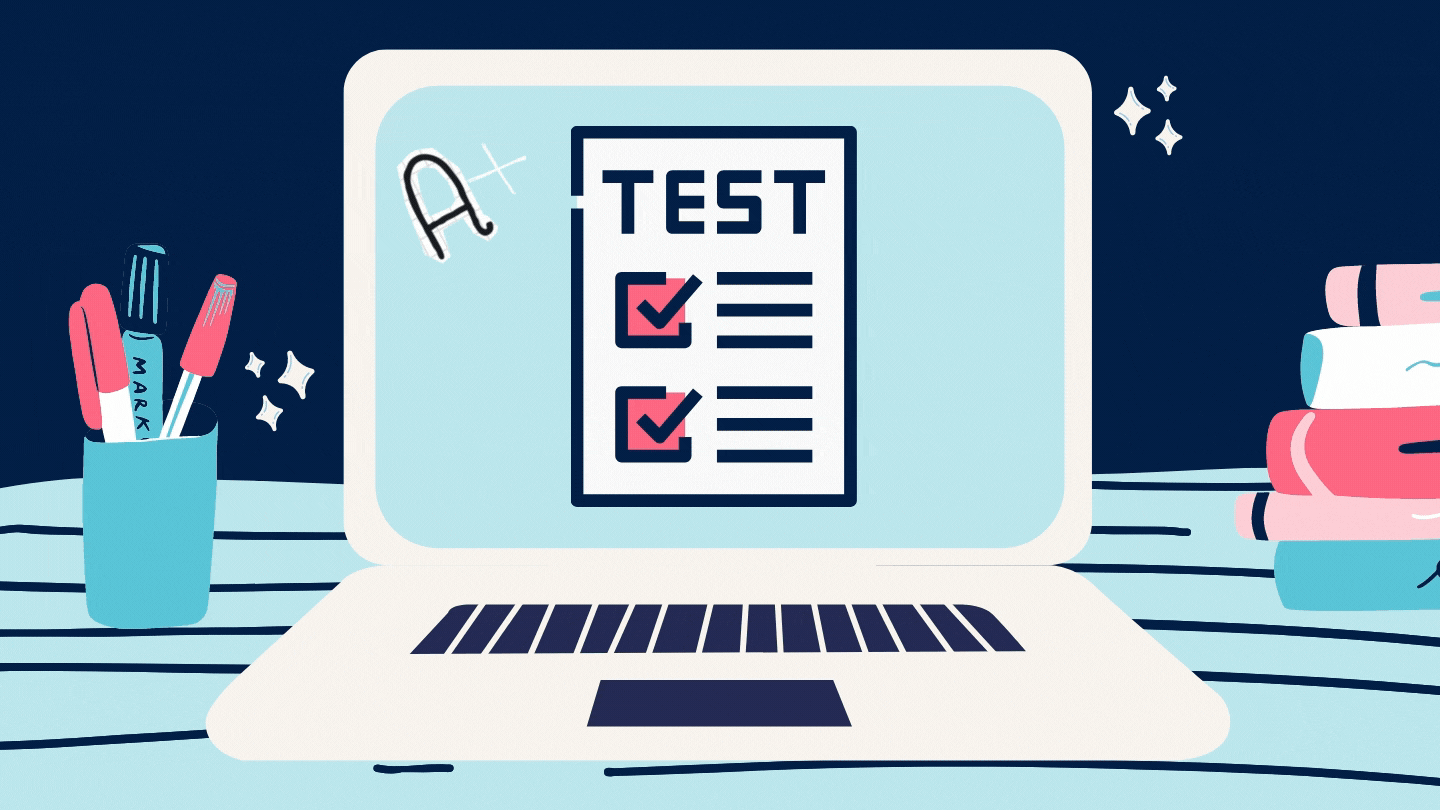As the pandemic nears the one-year mark, many parents and educators are concerned about measuring students’ learning loss and providing fair grading and assessments. After the time missed from school closures and the understandable learning curve adapting to remote learning, one thing is clear: the pandemic’s impact is far-reaching and will likely exacerbate issues for special student populations.
Educators have answered the challenge of providing meaningful educational experiences at a distance, but now student learning must be measured to identify focus areas moving forward.
As we enter the latter half of AY20-21, Spring Assessments are quickly approaching. Instructors and students alike have yet another challenge to face: end-of-year assessments and final grading. End of course analysis is vital for guiding curriculum and measuring student growth. However, what is appropriate and fair under the current circumstances isn’t black and white, and many educators feel concerned that the interruptions to learning combined with new testing circumstances will produce an inaccurate depiction of student learning.

According to this NWEA Study, “Accurate, valid, and reliable assessment data can provide valuable information in times of disruption and uncertainty. However, it may not be realistic to expect that teachers, school leaders, and families will focus their attention on assessment data during this crisis or in our transitions to distance learning and back.”
Without the knowledge that testing can provide, we lose the opportunity to gauge where students are generally and the chance to better understand and address learning disruption from COVID-19. The relationships that educators build with their students are critical to understanding their progress, but lacking during the pandemic. When students first went remote, they had already established relationships within their classrooms. Starting this new year remotely and in hybrid settings has meant that the level of trust and understanding isn’t where it generally would be by now. It’s hard to see progress or challenge areas when the educator hasn’t had the opportunity to get to know the student fully.
Another issue to consider is that not every student has had the same opportunities and access to learning. While equity in technology is a problem that learning institutions seemed to have addressed early on in the pandemic, many of those students who didn’t have access to reliable internet or technology last spring now have a disadvantage and are left playing catch up. According to the article, Equitable Exams During COVID-19 by Pamela Chui Kadakia and Allan A. (May 2020), “Students with access to technology may be facing other barriers, such as home distractions or the needs to care for family members. To mitigate some of the inequity, some institutions moved to pass/fail rather than letter grades, offering more flexibility to students.” With spring testing postponed for many districts the previous year and again in 2021, how do you accurately assess student progress now? As an academic community, at what point do we feel that kids should realistically meet grade-level standards?

There’s not only a learning curve for students; teachers must keep up with learning new technologies and teaching methods as the pandemic continues. Educators are overwhelmed, many working seven days a week to make sure they’re reaching their students and delivering meaningful instruction as best they can. Since teachers are often teaching in-person and remotely, every lesson requires multiple pathways to engage their students. In this new world of teaching and learning with very little data to compare against, how do we assess what new teaching methods in response to the pandemic are effective and where to improve? Finding the time to deliver high-quality educational content, prepare for end of course assessments, develop new ways to teach hard to reach students, and respond to concerned parents is a tall order. For many, there are simply not enough hours in the day and often more tasks than time.
Students adapt to remote learning at their own pace. The expectation of taking this level of autonomy over their learning has never been expected from them before. High-level assessments may be more challenging for students who are not thriving in this learning environment. Additional support is paramount to get them back on track, with greatest concern and emphasis on students coming from less-than-ideal home situations. How do you properly assess students trying to complete work in a place where they don’t feel safe? Additionally, how do they communicate that with their teachers when they haven’t gotten the proper chance to get to know them and build trust?
That’s not to say that this is a lost year for students. Educators have done a brilliant job adapting to a problematic situation, and many students are thriving. Some students are doing better on assessments due to the smaller class sizes and more individualized attention. Some appreciate that there are fewer distractions when trying to study in a remote environment. In contrast, others doing some in-person learning are more grateful for the chance to be in school than they otherwise would’ve been.

While there’s no one-size-fits-all solution to measuring student progress and success under this new normal, FEV Tutor is here to help no matter the circumstance. Whether your district decides to forego spring testing this year, adjust assessment protocols, or move forward with planned assessments, FEV Tutor’s programs can support these initiatives. Our 1:1 live tutoring sessions provide data-rich progress monitoring via formative assessments through exit tickets and report on student growth frequently throughout the program.
Our expert data team also analyzes historical assessment data against student growth within the program, and new assessment data, should your district choose to test this year.
Students can work with their preferred tutor or get on-demand homework help, giving educators after-hours reinforcements and another branch of communication for hard to reach learners. We’re here to alleviate some of the burdens of learning loss so educators can do the vital work, being there for their students on all levels.
